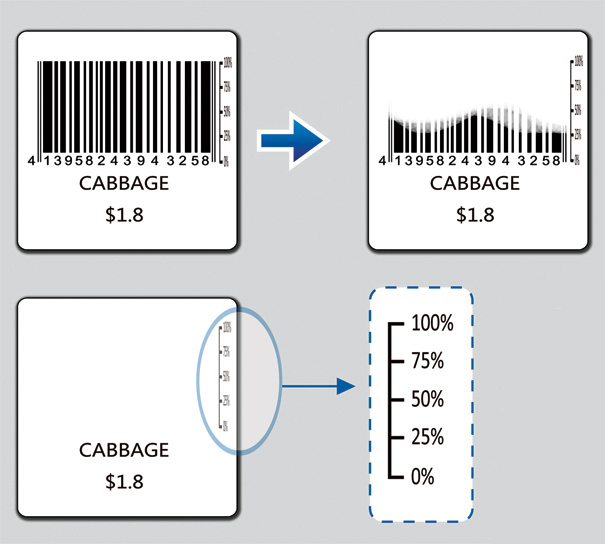Complements or complementary goods are products that are consumed together and if either of the product's price increase, demand for both products will be reduced. A common example would be a computer and the Operating System (e.g. Windows) that comes with it.
Because complements are consumed together, there is always this tension between the products to reduce the price of the other in order to increase demand. Dell would want Windows to be cheaper so it can reduce the overall cost of the PC while Windows would also benefit from cheaper PC which will sell more Operating Systems.
There are some products which must be consumed with another. These are called perfect complements and the simplest example would be the left and right shoe. The sales ratio between them is always 1 to 1 because you buy them in pairs.
In order to control the price and demand, many companies will try to control both ends of the complements. Twitter's recently bought Tweetie (a 3rd party Twitter Client) to do just that. A cheaper (free) and better Twitter client will allow more users to use Twitter.
Complements can be your best partner or competitor. If you are just starting out, embracing your complements is one way to improve the attractiveness of your product. Microsoft funded most of their XBox games for that very reason. However, Microsoft is also been known to destroy their complements by bundling complementary apps directly in their products.
Many people cited their reason to buying the iPhone is for the thousands of applications in the App Store. In this case, the iPhone and the applications are complementary. If you are still interested in reading more about complements, check out these articles by Chris Dixon.










